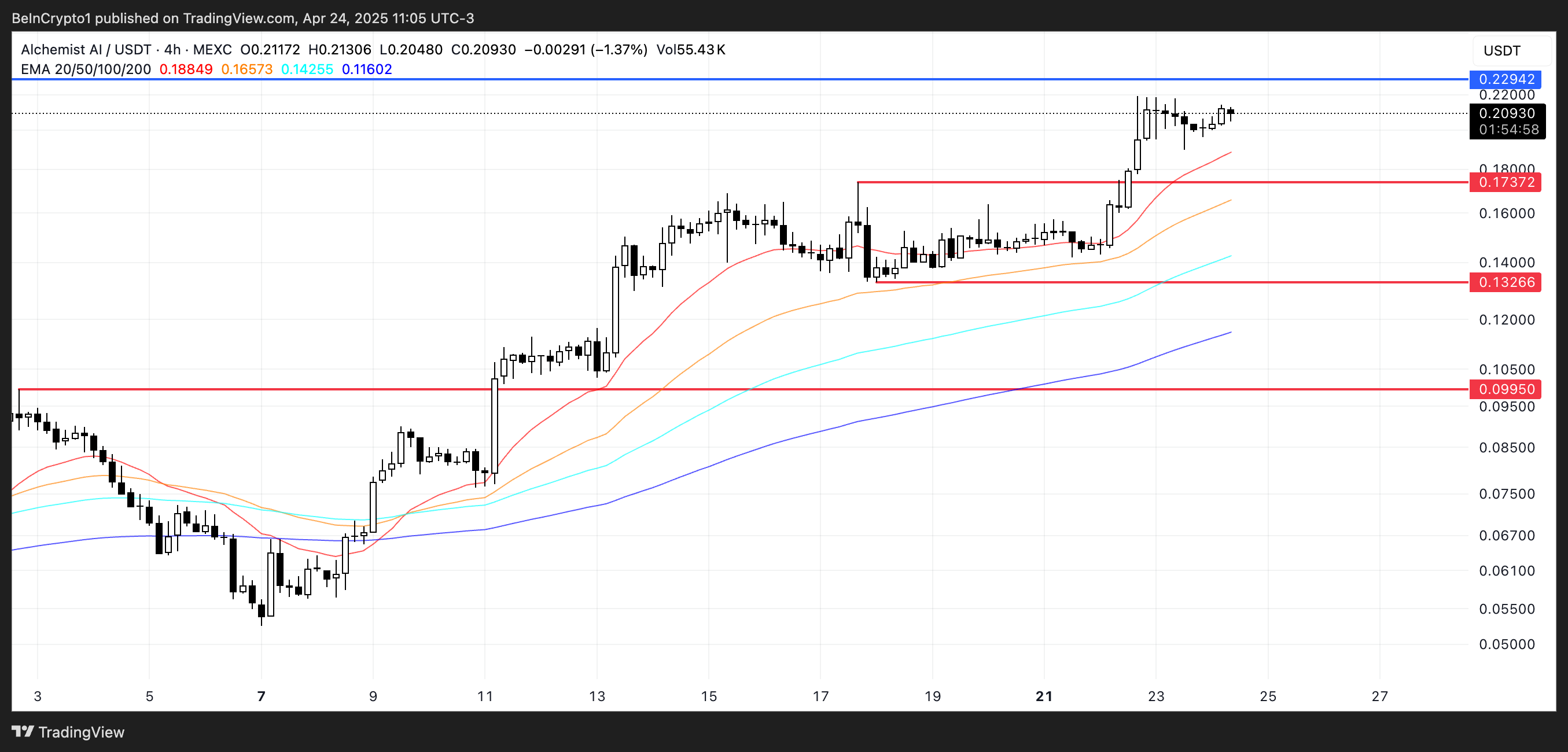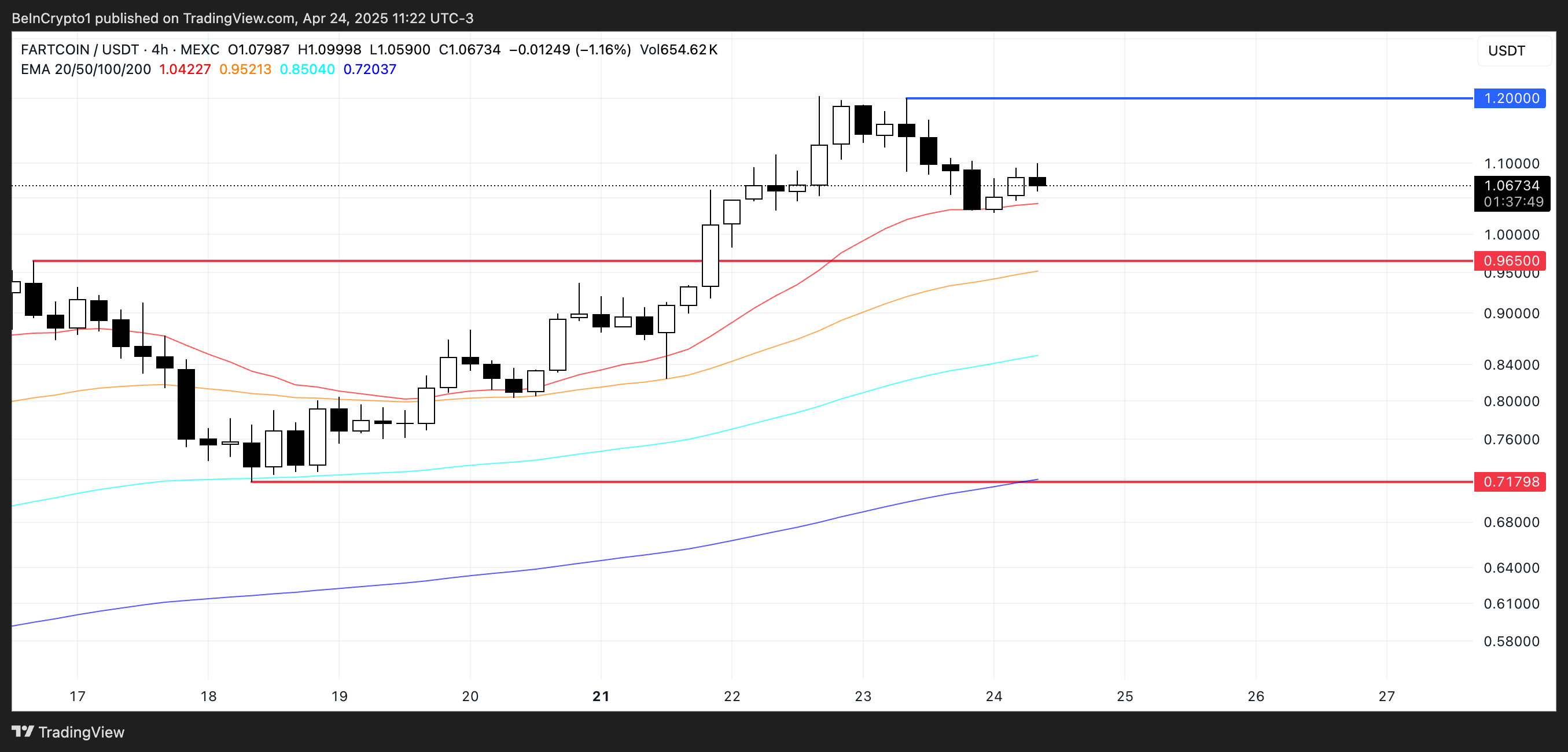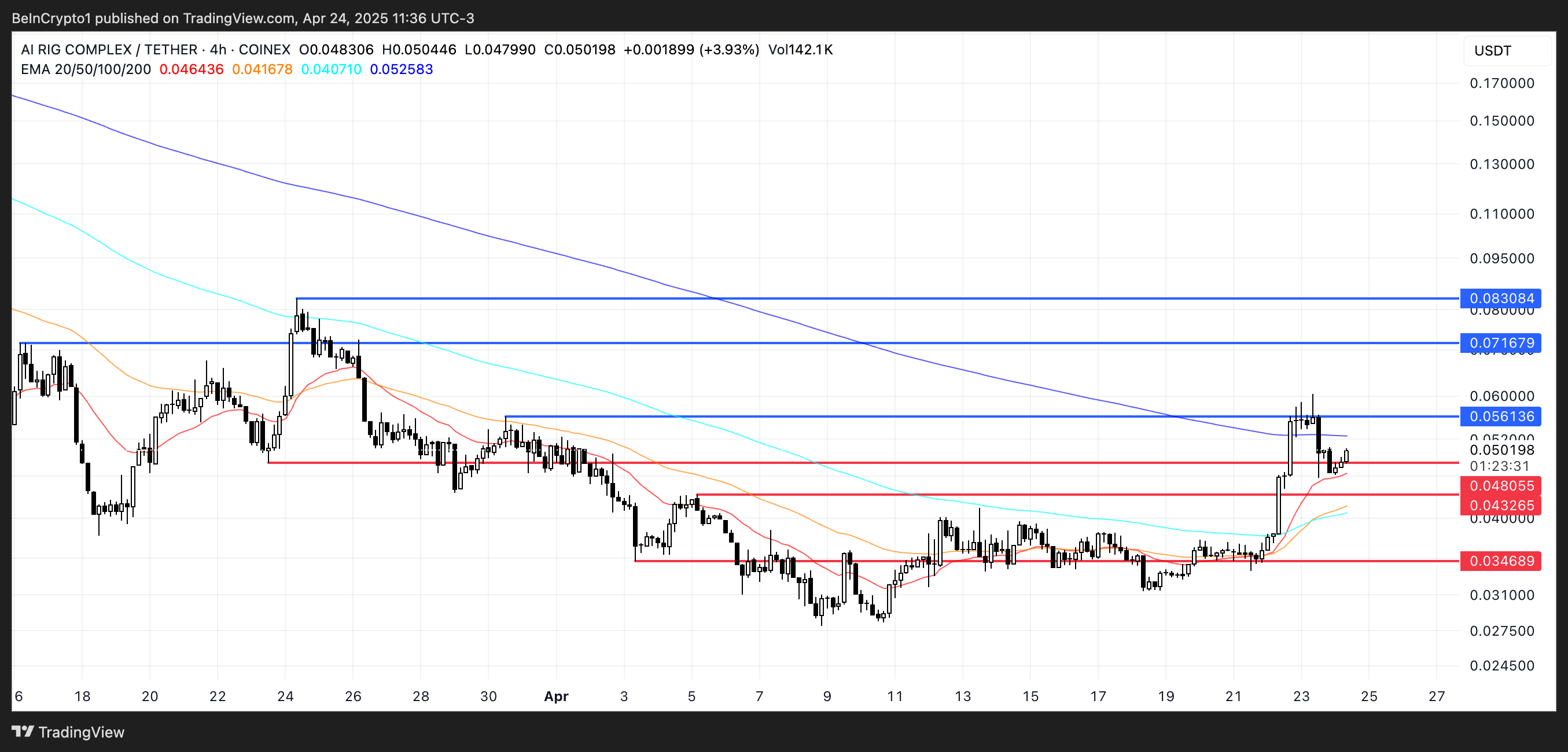Circle’s USDC (USDC) has become the first and only stablecoin officially approved for use in Japan’s regulated financial market. This marks a significant step toward mainstream adoption of the stablecoin in one of Asia’s largest economies.
This move follows shortly after the Philippines’ leading digital wallet, GCash, added support for the dollar-backed coin.
SBI Holdings and Circle Bring USDC to Japan
In the latest press release, the company revealed a strategic joint venture with SBI Holdings, a major Japanese financial conglomerate. The partnership will see SBI VC Trade, a cryptocurrency exchange under SBI Holdings, launch USDC trading on March 26, 2025.
Other prominent exchanges, including Binance Japan, Bitbank, and BitFlyer, are set to follow suit, further expanding USDC’s reach in the region. The approval comes after SBI VC Trade secured regulatory clearance from the Japan Financial Services Agency (JFSA) on March 4, 2025.
Circle’s expansion into Japan through its local entity, Circle Japan KK, signals growing institutional confidence in USDC’s reliability and utility. By integrating USDC into Japan’s digital finance ecosystem, Circle aims to provide secure solutions for payments, settlements, and treasury operations, potentially setting a precedent for stablecoin adoption globally.
Jeremy Allaire, Co-founder and CEO of Circle, celebrated the achievement in a statement on X (formerly Twitter).
“We have spent 2+ years engaging with Japan’s regulators, major industry players, strategic partners, banking partners, and others to enable USDC for the Japanese market, which unlocks tremendous opportunities not just in trading digital assets but more broadly in payments, cross-border finance and commerce, FX and more,” Allaire stated.
The launch highlights Japan’s forward-thinking approach to blockchain technology and digital finance. The country has been at the forefront of Web3 adoption, with clear regulations on stablecoins already in place.
Yoshitaka Kitao, President and CEO of SBI Holdings, stressed that Circle’s entry into Japan will enhance financial accessibility and drive innovation in the digital economy.
“We believe this initiative will enhance financial accessibility and drive digital asset innovation, aligning with our broader vision for the future of payments and blockchain-based finance in Japan,” Kitao said.
This development comes as USDC continues to experience significant global growth. According to Circle’s 2025 report, the stablecoin’s monthly trading volume hit $1 trillion in November 2024. Moreover, its all-time trading volume surpassed $18 trillion.
That’s not all. USDC’s circulation grew by 78% year-over-year. The report also shed lights on USDC’s expanded accessibility to more than 500 million user wallets worldwide. Circle expects this growth to continue in 2025.
“Beyond the US dollar’s preeminent role in trade, payments, and global finance, three factors are poised to accelerate the adoption and utility of USDC. First, legal and regulatory clarity; second, the scalability of new blockchain networks; and third, superior UX,” the report added.
The post Circle’s USDC Becomes First Stablecoin Approved for Use in Japan appeared first on BeInCrypto.










